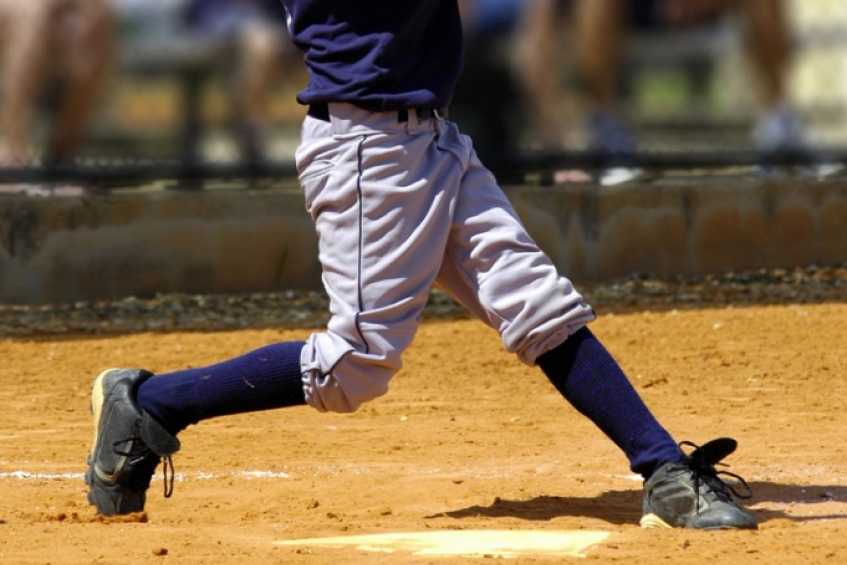


It always bears repeating to young hitters, "Hitting a baseball is the most difficult skill in sports." Additionally, "The possibility of perfecting hitting doesn't exist." Those sentiments help players develop the mentality to survive the trials of hitting. (Check out Jack's all new baseball hitting course here) Even the greats, and especially one of the greatest hitters of the past 50 years, Tony Gwynn, whom the baseball community has lost way too soon, practiced endlessly, with the knowledge that the failure rate would be more than the hitting success rate. Along with the amount of practice necessary, hitting requires patience. Those who have that patience, no matter the skill level they begin with, prosper in the end. I have worked with many accomplished young hitters, who were impatient and quit. Other students, who had less talent, persevered through the tough times, worked hard and had solid careers through their high school years. Accomplished hitters understand that no shortcuts exist for success. Learning the hitting fundamentals and applying them in games requires the passing of stages along the way, as just being able to pick up a bat and walk into games to hit effectively disappears for all, when the competition level increases. Those, who try to skip these steps of hitting, or do not pass them, encounter failure.
Step One of Baseball Hitting Success "If you can't hit consistent shots off a batting tee, how do you expect to do it with a pitched ball?"
Show me a player who has trouble hitting off a batting tee, and you have a player whose hitting potential is limited if they ever had any hitting success to begin. I have never come across an exception to this - players, who cannot hit consistent backspin line drives off the tee, do not walk into games and start crushing balls. They have limited potential when they become challenged with game pitching. Correct swing mechanics only come with repetition of action and the batting tee is the first place to start and get that amount of repetition. Impressing young hitters of the importance of using a batting tee should be one of the first coaching tasks. I get excited when one of my students begins to "smoke" consistent line drives off a batting tee because I know they have passed the first stage of batting success. Of course, just because players perform this first step doesn't guarantee game success, but it proves they have the capability of doing it. Failing this initial test does not bode well for their hitting futures.
Passing the first step of hitting: Can You:
Read More on How to Get out of a Hitting Slump
"Can you translate the mechanics used for batting tee success to a moving ball?"
 Online baseball hitting training
Online baseball hitting training
Once players become proficient hitting off a batting tee, it is on to moving balls for the next stage of hitting success. An vital coaching point is necessary here, and that is that distances maximize problems, so immediately going from the batting tee to regulation hitting distances is not the most beneficial way. The second step involves soft toss and dropped ball drills.
Passing step two with flipped balls: Can You:
"Can you time the ball and control the bat in batting practice?" After phase two, batting practice is the next area to apply the mechanics of stage one and two for added hitting success. The best batting practice is game like with increased speeds and distances. This pitching technique makes batting practice hitting more difficult but beneficial in the end. Passing step three Can you:
"Can you forget everything you practiced and learned and just do it?" Often overlooked and the reason players struggle with bringing hitting success into games is the mental game. The mental game begins with amnesia of the fundamentals by developing a non-thinking approach in games. This mental process is more complicated than most think because the first three stages focus on mechanics. Getting beyond the thinking of how one does it and into the letting-it-happen stage often takes time. Passing the thinking stage is the reason I do not see the results of hard work until a great among of time passes when they let the thought processes go and hit without thinking. Passing step four Can you:
"Are you mentally tough enough to struggle, and not beat yourself up when confidence is elusive?" Game hitting success comes and goes for all, but the key is learning from failure without losing hope and confidence by developing an overall optimistic attitude. Passing Stage Five Can you:
Finally, when players struggle to move from step to step for hitting success, they should not be in a hurry to move to the next step. Hitting success comes after many ups and downs and times where improvement is negligible. Only the patient, hard-working and dedicated survive.
After playing major league baseball, Jack Perconte has taught baseball and softball since 1988 and offered valuable coaching training too. He has helped numerous youth players reach their potential, as well as having helped parents and coaches navigate their way through the challenging world of youth sports. Jack is one of the leading authorities in the areas of youth baseball training and coaching training advice.
All Jack Perconte articles are used with copyright permission.There are 0 comments on "Hitting Success - Can Your Hitters Pass these 5 Steps"
chandler allen says:
"Hi my name is chandler, i’ve enjoyed..."
On Wanting to tryout for summer ball. as an 18 year old
david graham says:
"With no current MLB team in Canada,..."
On With no current MLB team in
Charles Chavez says:
"To All Coaches: Do you have13U or..."
On Looking for Games